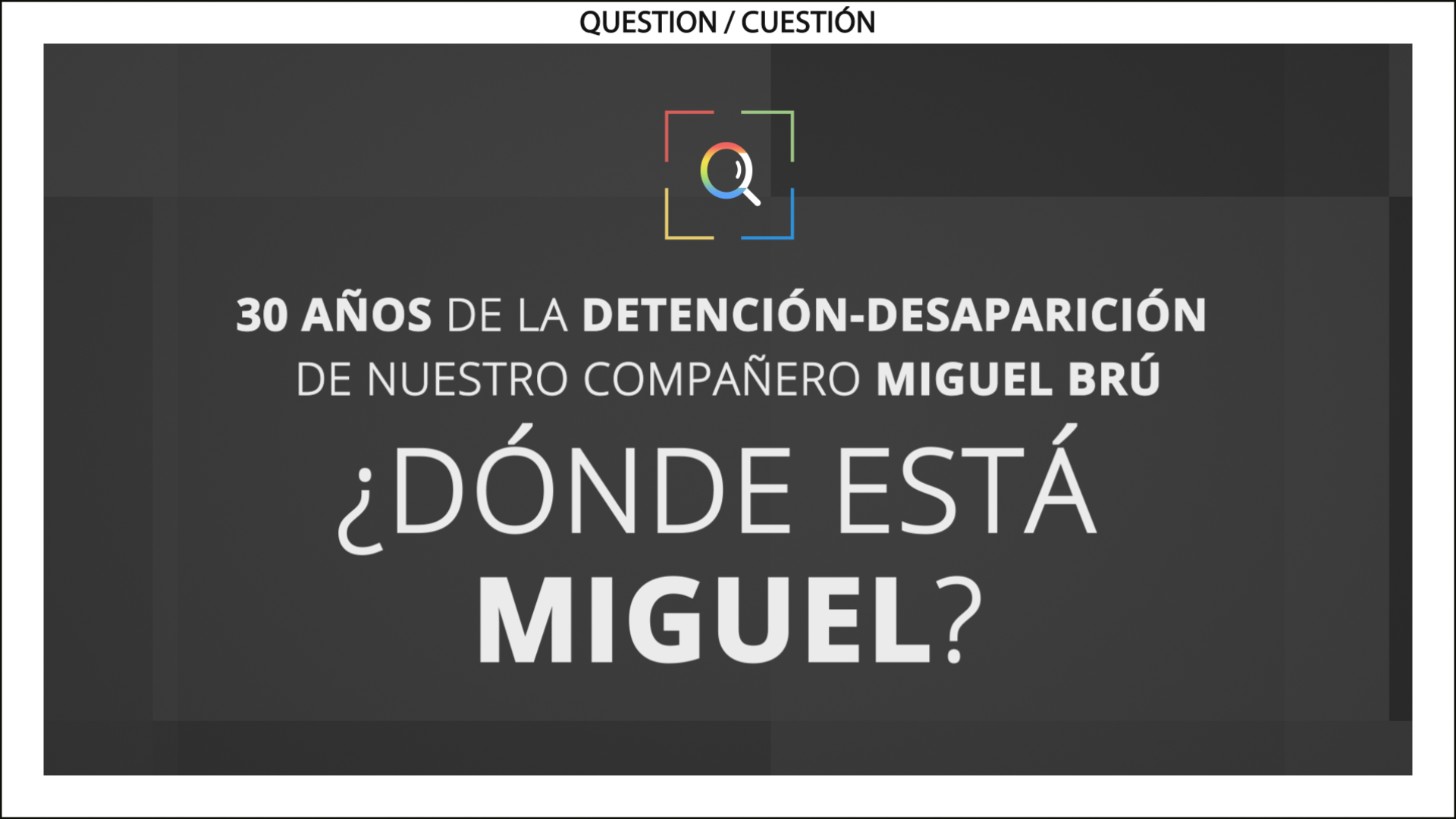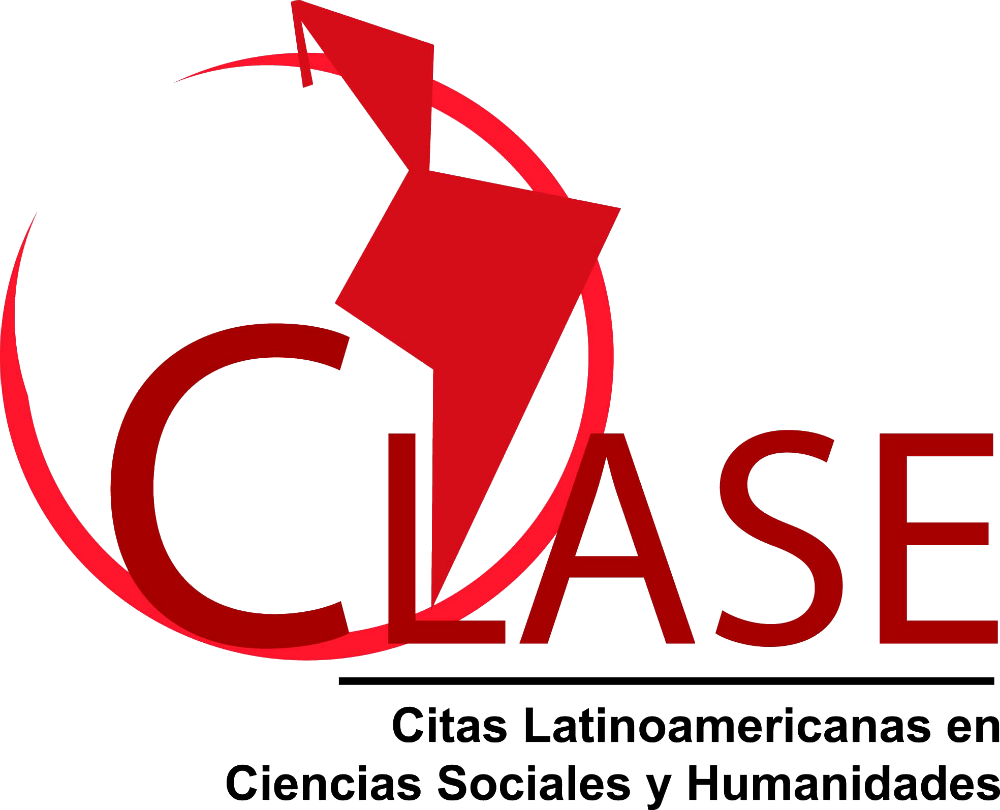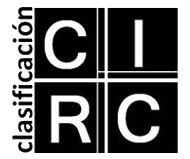El estrado en la pantalla
Apuntes sobre la dimensión comunicacional de los juicios de lesa humanidad en Argentina desde la pandemia (2020-2023)
DOI:
https://doi.org/10.24215/16696581e803Keywords:
Digital comunication, Advertising, Against humanity, Trials, Communication and Information Technologies, PandemicAbstract
In Argentina, trials against humanity have been marked by the debate around their public disclosure since its beginnings during the democratic opening in the eighties, up to the present day. However, with the arrival of the pandemic in March 2020, a new stage was opened in relation to the links between the media and criminal justice during the development of trials against humanity. In this article we intend to analyze the reconfigurations, as well as the continuities, discontinuities, tensions and struggles around the communicational dimension of trials against humanity, during a unique period of virtualization of justice in the midst of the health crisis caused by the pandemic by COVID-19. Through field work with digital ethnography methodologies, our objectives were to reconstruct the first demands and discussions that led to the restart of the trials; conceptualize the different technological modalities of the development of trials against humanity at the national level and the media channels through which the principle of publicity was guaranteed in the different courts; and reflect on the main resistances and innovations of this process that, even after the pandemic has ended, continues to develop through digital channels.
Downloads
References
Achaga, Facundo Manuel (2011)“El proceso penal en la provincia de Buenos Aires: inmediación, publicidad, oralidad y juicio por jurados vs derecho a recurrir el fallo ante juez o tribunal superior”. Revista Jurídica del Centro, Vol 2: 1-10. http://www.cartapacio.edu.ar/ojs/index.php/RJC/article/viewFile/1373/1579
Anitua, Gabriel Ignacio y Thus, Valeria (2021) “La publicidad en los juicios por delitos de lesa humanidad. Aportes y desafíos en la construcción de la Justicia y la Memoria”. Revista de Estudios sobre Genocidio, Año 12, vol. 16:12 -28.
Anitua, Gabriel Ignacio (2008)“Cómo garantizar la publicidad de los juicios penales en casos de amplia repercusión”. En El papel del sistema de justicia frente a violaciones masivas a los derechos humanos, Editores Abuelas de Plaza de Mayo. Páginas. 45- 56. Buenos Aires: Abuelas de Plaza de Mayo.
Baldry, Anthony y Thibault, Paul. J (2006) Multimodal transcription and text analysis. Londres: Equinox.
Feld, Claudia (2009). “´Aquellos ojos que contemplaron el límite”: la puesta en escena televisiva de testimonios sobre la desaparición´. En El pasado que miramos, Feld, Claudia y Stites Mor, Jessica (comps). Páginas 77-109. Buenos Aires: Paidós.
Feld, Claudia (2002) Del estrado a la Pantalla: las imágenes del juicio a los ex comandantes en Argentina. Buenos Aires: Siglo XXI Ediciones.
Guerrero, Fernanda (2018) “La justicia dentro del Estado abierto. Un enfoque acerca de la relación entre los principios de publicidad de las causas judiciales por internet y la privacidad de los datos personales en el sistema civil argentino”. Actas de las XIII Jomadas de Investigación FCE/UNL 1-18. https://fce.unl.edu.ar/jornadasdeinvestigacion/trabajos/uploads/trabajos/78.pdf
Hine, Christine (2000) Etnografía virtual. Editorial UOC: Barcelona.
Jenkins, Henry (2008) Convergence Culture. La convergencia de los medios de comunicación. Buenos Aires: Paidós Comunicación.
Mata, María Cristina (1999) “De la cultura masiva a la cultura mediática”. Revista Diálogos de la comunicación Nº56: 81-91.
Oberti, Alejandra y Pittaluga, Roberto (2016) “Apuntes para una discusión sobre la memoria y la política de los años 60/70 a partir de algunas intervenciones recientes”. Revista Sociohistórica. N°38: 1-22. https://www.sociohistorica.fahce.unlp.edu.ar/article/view/SHe015
Pink, Horst, Postill, Hjorth, Lewis y Tacchi (2016) Etnografía digital. Principios y Práctica. Editorial Morata: Madrid, España.
Raggio, Sandra (2009): “La noche de los lápices: del testimonio judicial al relato cinematográfico”. En El pasado que miramos, Feld, Claudia y Stites Mor, Jessica (comps). Páginas 45-76. Buenos Aires: Paidós.
Scolari, Carlos (2008) Hipermediaciones. Elementos para una teoría de la comunicación digital interactiva. Editorial Gedisa: España.
Silverstone, Roger (2004) ¿Por qué estudiar los medios? Buenos Aires: Amorrortu Editores.
Vezzetti, Hugo (2002) Pasado y Presente. Guerra, dictadura y sociedad en la Argentina. Buenos Aires: Siglo XXI Editores.
Williams, Raymond (1992)Historia de la Comunicación. Vol 2. Madrid: Bosch.
Downloads
Published
How to Cite
Issue
Section
License
La aceptación de un original por parte de la revista implica la cesión no exclusiva de los derechos patrimoniales de los/as autores/as en favor del editor, quien permite la reutilización, luego de su edición (postprint), bajo una Licencia Creative Commons Atribución-NoComercial-CompartirIgual 4.0 Internacional (CC BY-NC-SA 4.0)
Acorde a estos términos, el material se puede compartir (copiar y redistribuir en cualquier medio o formato) y adaptar (remezclar, transformar y crear a partir del material otra obra), siempre que a) se cite la autoría y la fuente original de su publicación (revista y URL de la obra), b) no se use para fines comerciales y c) se mantengan los mismos términos de la licencia.
La cesión de derechos no exclusivos implica que luego de su edición (postprint) en Question las/os autoras/es pueden publicar su trabajo en cualquier idioma, medio y formato; en tales casos, se solicita que se consigne que el material fue publicado originalmente en esta revista.
Tal cesión supone, también, la autorización de los/as autores/as para que el trabajo sea cosechado por SEDICI, el repositorio institucional de la Universidad Nacional de La Plata, y sea difundido en las bases de datos que el equipo editorial considere adecuadas para incrementar la visibilidad de la publicación y de sus autores/as.
Asimismo, la revista incentiva a las/os autoras/es para que luego de su publicación en Question depositen sus producciones en otros repositorios institucionales y temáticos, bajo el principio de que ofrecer a la sociedad la producción científica y académica sin restricciones contribuye a un mayor intercambio del conocimiento global.
















































